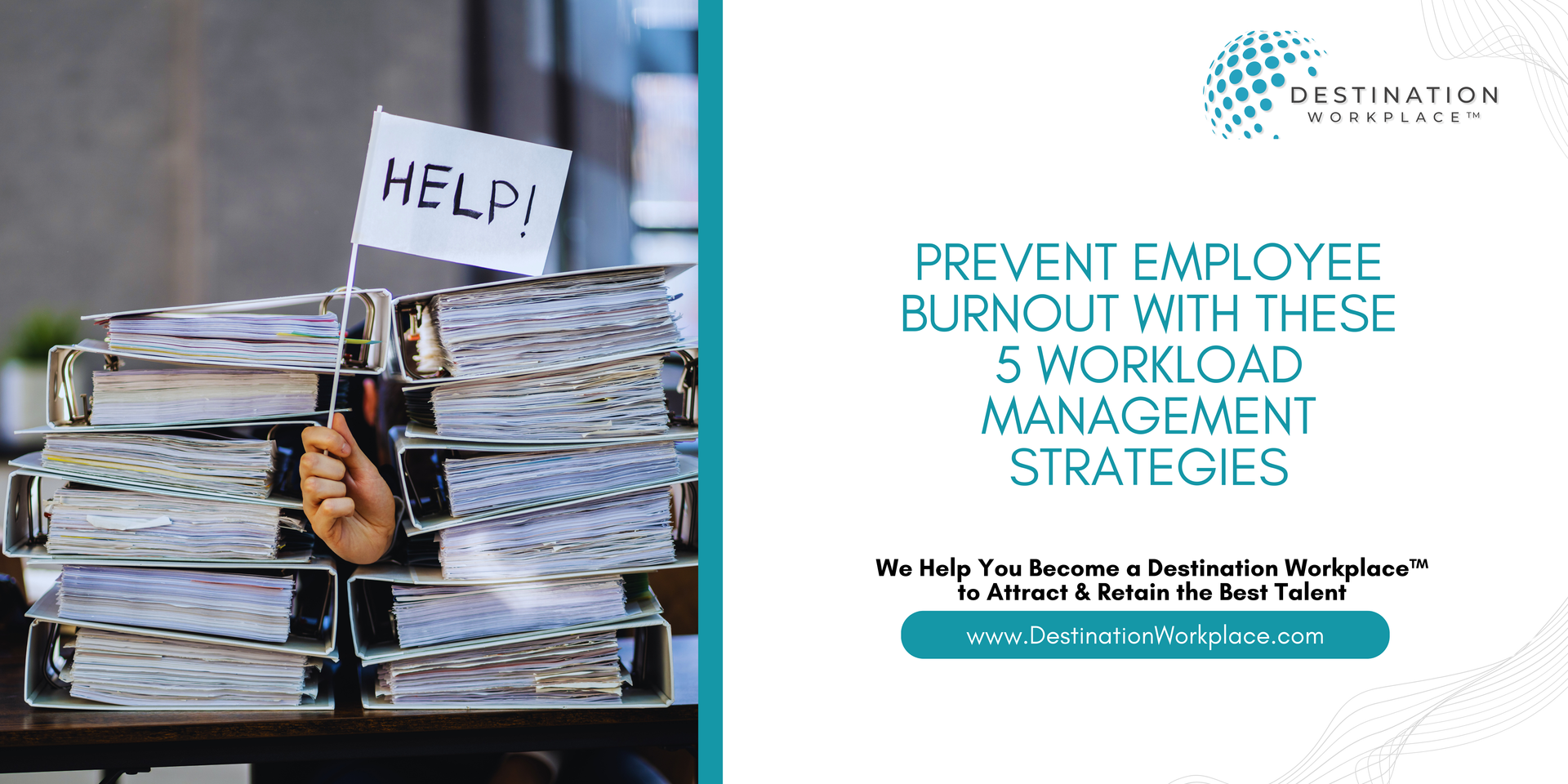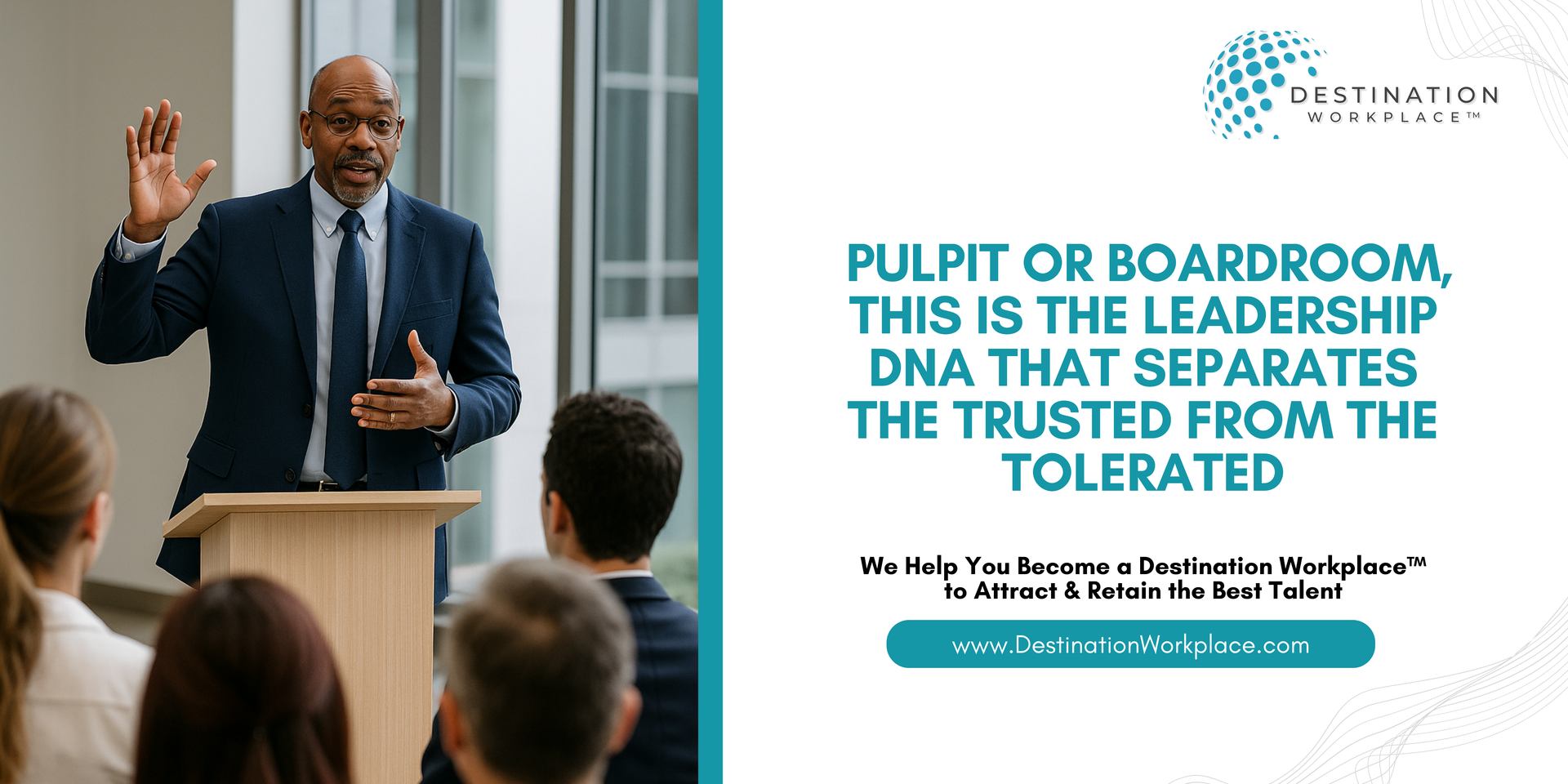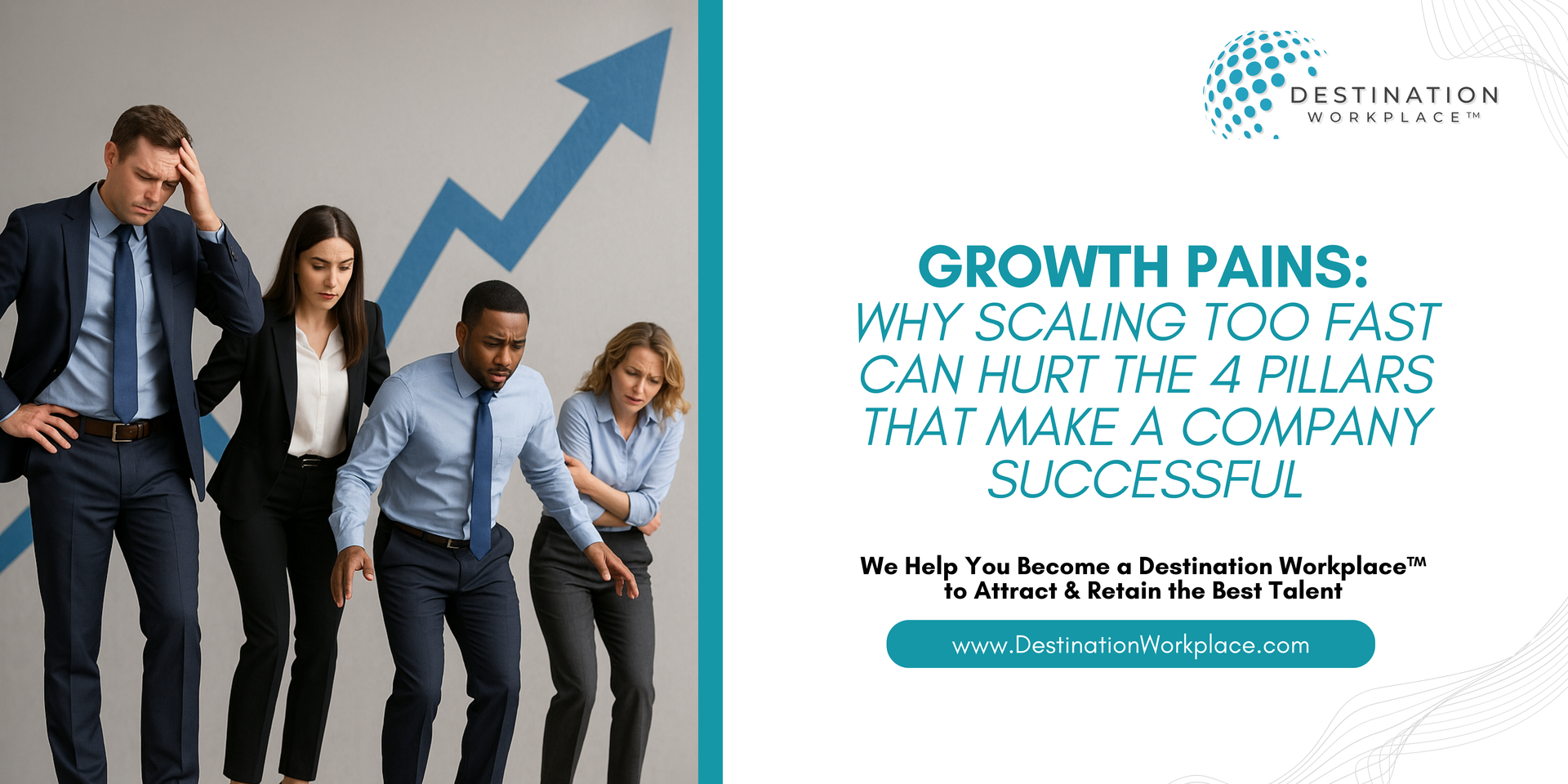Prevent Employee Burnout With These 5 Workload Management Strategies

Workload management is critical for employee well-being, productivity, and organizational success. Burnout, driven by unmanageable workloads, is a rising concern among businesses. According to Gallup, 76% of employees experience burnout on an occasional basis, with nearly a quarter face it regularly. As organizations look to retain talent and enhance the employee experience as well as employee satisfaction, a strategic focus on workload management has emerged as a competitive differentiator.
In this article, we’ll explore the importance of effective workload management, backed by data and actionable insights for leaders committed to building sustainable, high-performing teams.
1. Use Workload Assessments & Project Management Software
Workload overload doesn’t just impact employee mental health; it significantly reduces productivity and engagement. When employees are overloaded, the constant pressure to meet deadlines increases stress levels, leading to a 13% drop in productivity, as shown by the World Health Organization (WHO). Furthermore, an overworked team is more likely to make mistakes, delay projects, and have difficulty collaborating.
Real-world Example: Consider Google’s "20% time" policy, which encourages employees to spend up to 20% of their work hours on personal or creative projects. While not every organization can afford such a policy, Google found that giving employees freedom from routine tasks resulted in higher engagement and innovative ideas like Gmail.
Tip: Implement regular check-ins to gauge employees’ workload and stress levels. Use tools like workload assessments and project management software to get a real-time view of where bottlenecks or imbalances exist.
2. Utilize Data to Distribute Work Equally
According to a Harvard Business Review study, companies that use analytics in workload management report a 25% improvement in team performance. A structured approach to workload distribution ensures that no team member is consistently overburdened. Leveraging data analytics tools to track project timelines, task completion rates, and individual workloads allows managers to make informed decisions on assigning responsibilities fairly.
Real-world Example: At Salesforce, workload balancing is done through real-time data collected via project management tools that show where each employee stands on their current assignments. This data-driven approach helps managers delegate new tasks based on capacity, reducing stress and improving output.
Tip: Invest in project management tools like Asana, Trello, or Monday.com to visualize workloads. Use these tools to track task completion and identify employees who may need support or an adjustment in their responsibilities.
3. Promote Breaks and Encourage Time-Off
A study from the American Psychological Association shows that taking short breaks throughout the day can lead to a 20% increase in focus and productivity. Encouraging employees to take regular breaks and make use of their time-off is a highly effective way to combat workload overload. Regular rest improves concentration, creativity, and resilience to stress.
Real-world Example: In 2017, LinkedIn introduced a mandatory week off for its employees twice a year. This policy ensures that employees have a scheduled opportunity to recharge. As a result, LinkedIn reports higher engagement and a decrease in stress-related issues.
Tip: Encourage employees to step away from their work at regular intervals, ideally every 60-90 minutes. Additionally, institute policies that encourage or even mandate employees to fully utilize their vacation days.
4. Implement “Focus Time” Policies
A study by Asana found that knowledge workers spend about 60% of their time on "work about work," such as meetings and emails, rather than on high-value tasks. Implementing company-wide focus time—a set block of time during which no meetings or interruptions are allowed—can be highly effective for workload management.
Real-world Example: Facebook (now Meta) has established “No Meeting Wednesdays” for many of its teams, allowing employees one day each week to focus solely on individual work. This policy has helped employees achieve deeper focus, reduce burnout, and improve the quality of their work.
Tip: Introduce a “focus time” policy for your team, such as blocking off one morning per week for uninterrupted work. Empower employees to use this time to complete high-priority tasks that require full concentration.
5. Empower Employees to Set Boundaries
The Harvard Business Review reports that teams with clear boundaries are 25% less likely to experience burnout. A crucial part of workload management is allowing employees to set boundaries around their availability and workload limits. When leaders model and encourage boundary-setting, employees feel empowered to say "no" to additional work when they reach capacity.
Real-world Example: At Basecamp, employees are encouraged to limit work to a strict 40-hour workweek, and overtime is rare. Basecamp’s leadership has created a culture where employees feel empowered to protect their personal time, which contributes to higher morale and better focus during work hours.
Tip: Encourage employees to set clear work-life boundaries. Teach team members strategies for managing “scope creep” on projects, and model this behavior by limiting after-hours communication whenever possible.
Workload management is not a one-time initiative but an ongoing commitment to maintaining a balanced, productive work environment. Thoughtful workload management results in higher productivity, increased employee satisfaction, and, ultimately, a workplace that values and supports its team—a true Destination Workplace™.
Creating a winning company culture takes effort, but it's well worth it, and company culture happens to be our area of expertise. We help you become a
Destination Workplace™ so you can attract and retain the best talent in this hyper-competitive marketplace. Contact us to learn about our
leadership development,
culture development,
corporate wellness programs and more!
The Destination Workplace™ Team
About Betsy: Featured on FOX, CBS, NBC, and ABC, Betsy Allen‑Manning is a leadership keynote speaker and high‑performance expert who works with executives, managers, and teams to ignite commitment, elevate excellence & infuse purpose into their workplace culture.
Her C.O.M.M.I.T. Framework™ and ‘DNA for Success’ keynote series deliver data‑backed, high‑energy presentations that strengthen leadership, enhance team performance, and build resilient cultures where people thrive and stay. Betsy is also the founder of Destination Workplace™, an award‑winning leadership training company in Dallas, recognized for advancing leadership excellence and driving a culture of high performance in some of the world’s most respected organizations.











